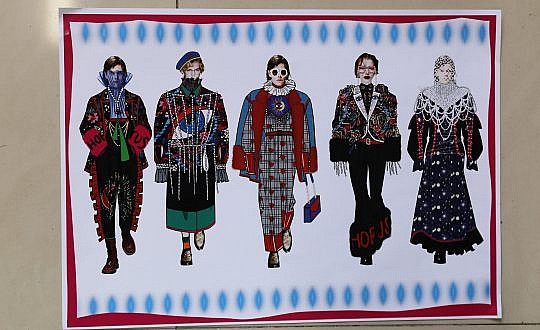
Real Leather 2021 on campus campaign trail in Taiwan
The campaign trail to recruit students to enter the 2021 Student Design Competition in Taiwan has begun.
The tanning industry is often regarded as one with very high water consumption because historically, it has been. But great strides have been taken to change this, and still many companies are striving to do better.
The benefits of using less water for tanning can be more than just the obvious. They can also mean fewer chemicals are needed, which, of course, will reduce the amount of residual chemicals and pollutants that need to be treated.
The treatment of water is also key. If the water that is used is cleaned well enough, it can be returned to the environment meaning that any losses are marginal – the water can be reused by the tannery or to irrigate crops.
The Sustainable Leather Foundation (SLF) is one of the organisations working hard to assess water use by tanners in order to work to reduce it. There are 32 tanneries across the world who are SLF partners, and their water use falls well under the benchmark that was established to measure it.
There is a whole raft of measures tanners are taking to lower their water consumption.
Processes have been refined so much recently that the amount of water used has reduced by 35% in the last 25 years. And, with the reuse of water and the refining of techniques, that reduction is continuing.

The campaign trail to recruit students to enter the 2021 Student Design Competition in Taiwan has begun.

Leather might not be the fabric that springs to mind when getting dressed in the sweltering heat but that doesn’t mean you should completely ditch it during the warmer months.

Tamar Elbaz is a 25 year old designer from Tel-Aviv and a 3rd year Fashion Design student at Shenkar College of Design, Engineering and Art. She sees fashion as a way of life and self-expression. My design was inspired by the work of the artist and

Meet one of our 45 shortlisted individuals in the running to become the next leader in leather fashion.